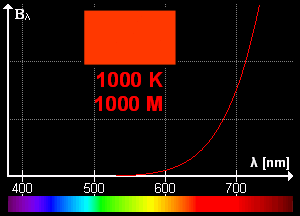
Figure 1 – Black body spectrum illustrating the concept of color temperature. From the Wikimediacommons by Dariusz Kowalczyk and in the public domain under creative commons license.
An obvious question is whether reciprocity failure is related to white balance and color temperature. the answer is yes and no. The yes part comes from the common point to both reciprocity failure and white balance that films are designed for a certain mixture of colors in the light. The no part is that reciprocity failure relates to low and very high light levels, while color balance really applies to the central portion of the sensitivity curve.
Let’s use the terms white balance and color temperature synonymously. They’re actually kissin’ cousins, but not quite the same thing – but we don’t need to worry about semantic differences here. When the sun rises in the morning it is reddish, becomes whiter until noon, and then starts to go back to red. This has to do with atmospheric absorption and scattering of light. The sun is an incandescent light source, which means that it emits light over a broad region of the electromagnetic spectrum, which our eyes call white because we are programmed to do so. If you took a piece of iron or tungsten and heated it up to 5900 degrees Kelvin (the Celsius or centigrade temperature plus 273 degrees), it would glow with a spectrum nearly identical to that of the sun. Hence, the sun is rated as having a color temperature If you heated it to a lower temperature it would appear red, to a higher temperature blue. The applet of Figure 1 shows this pretty graphically. The temperature is given as is the spectrum in red and the rectangle shows you the color that your eye would perceive.
Your eye does a pretty good job of correcting for all of this. Unless you really concentrate on the tonality, your eye-brain will interpret a sheet of paper to be white regardless of whether you look at it under daylight, indoor color lighting, or fluorescent hotter lighting. Your eye does a wonderful job of adapting. In contrast films do what they are designed to do. If you are using daylight film it will give you a warm yellowish tone if you take a picture with incandescent light bulbs or a greenish blue tone if you use fluorescent lighting. To correct for this you either had to use indoor film or rebalance the color with color correction filters.
Today’s digital cameras do this correction electronically by adjusting the relative contribution of the red, green, and blue pixels. They do this very well, in my experience, and even can sense the nature of the lighting. If you are shooting raw images you can turn off white balance and then manipulate it later with your image processing software.
